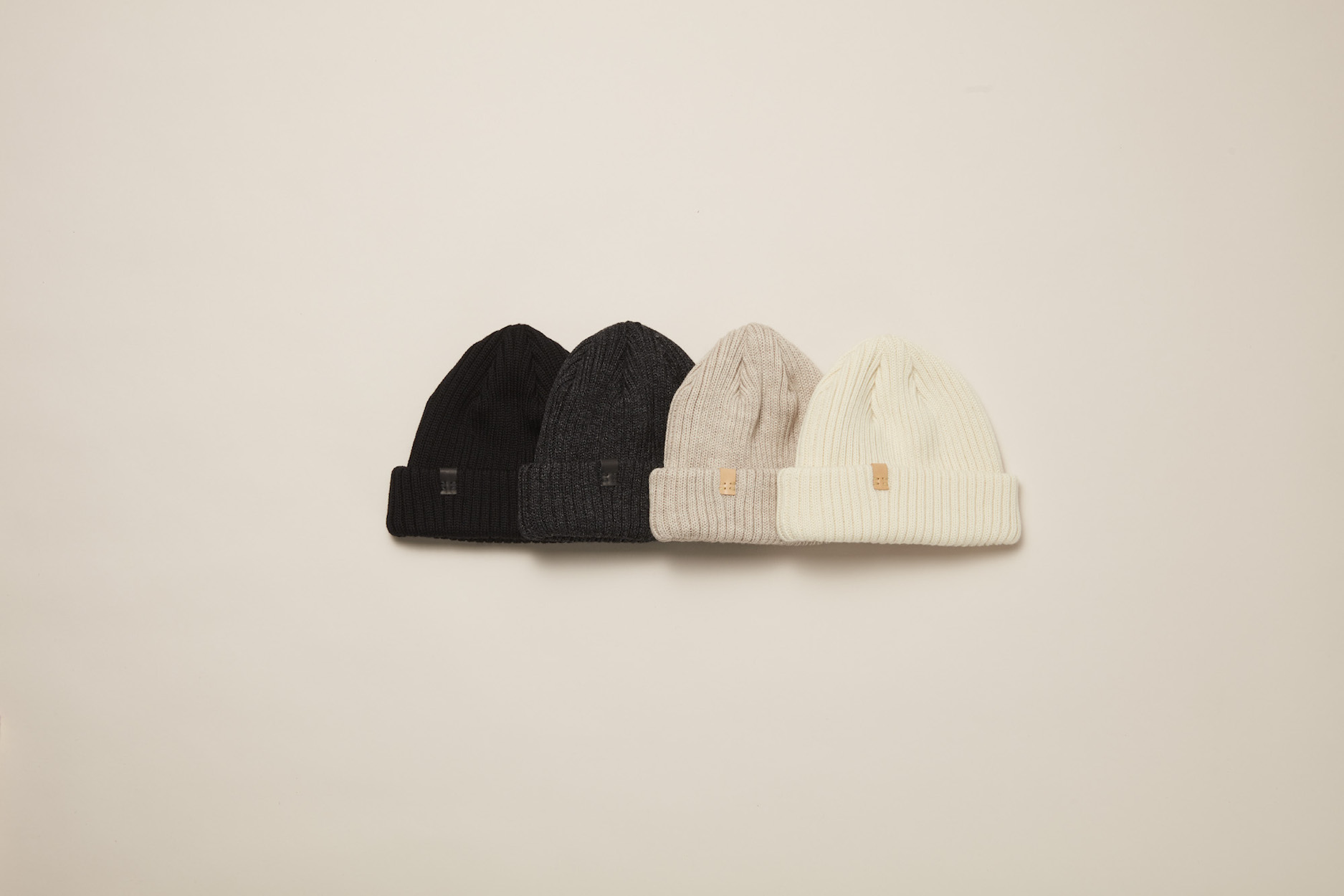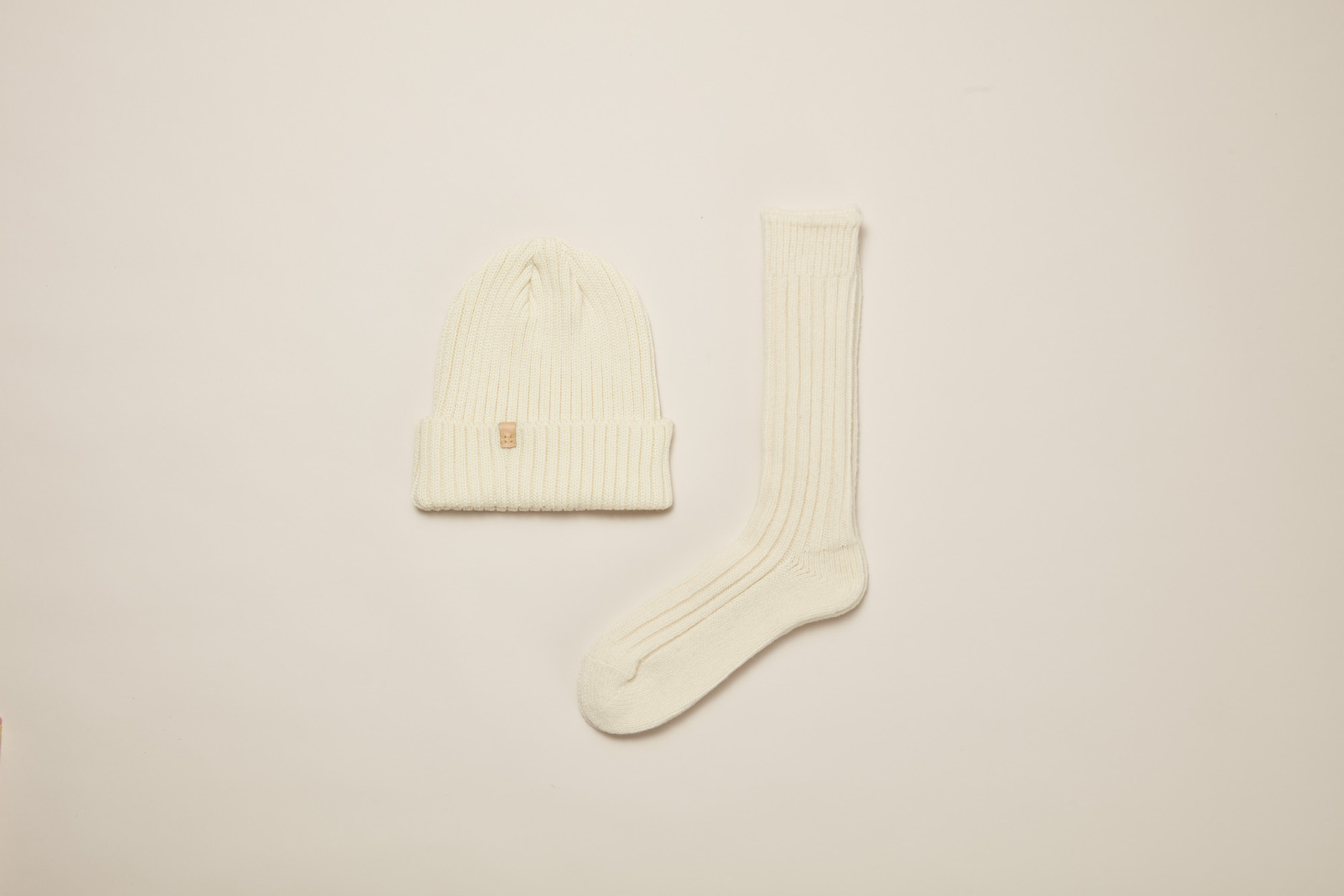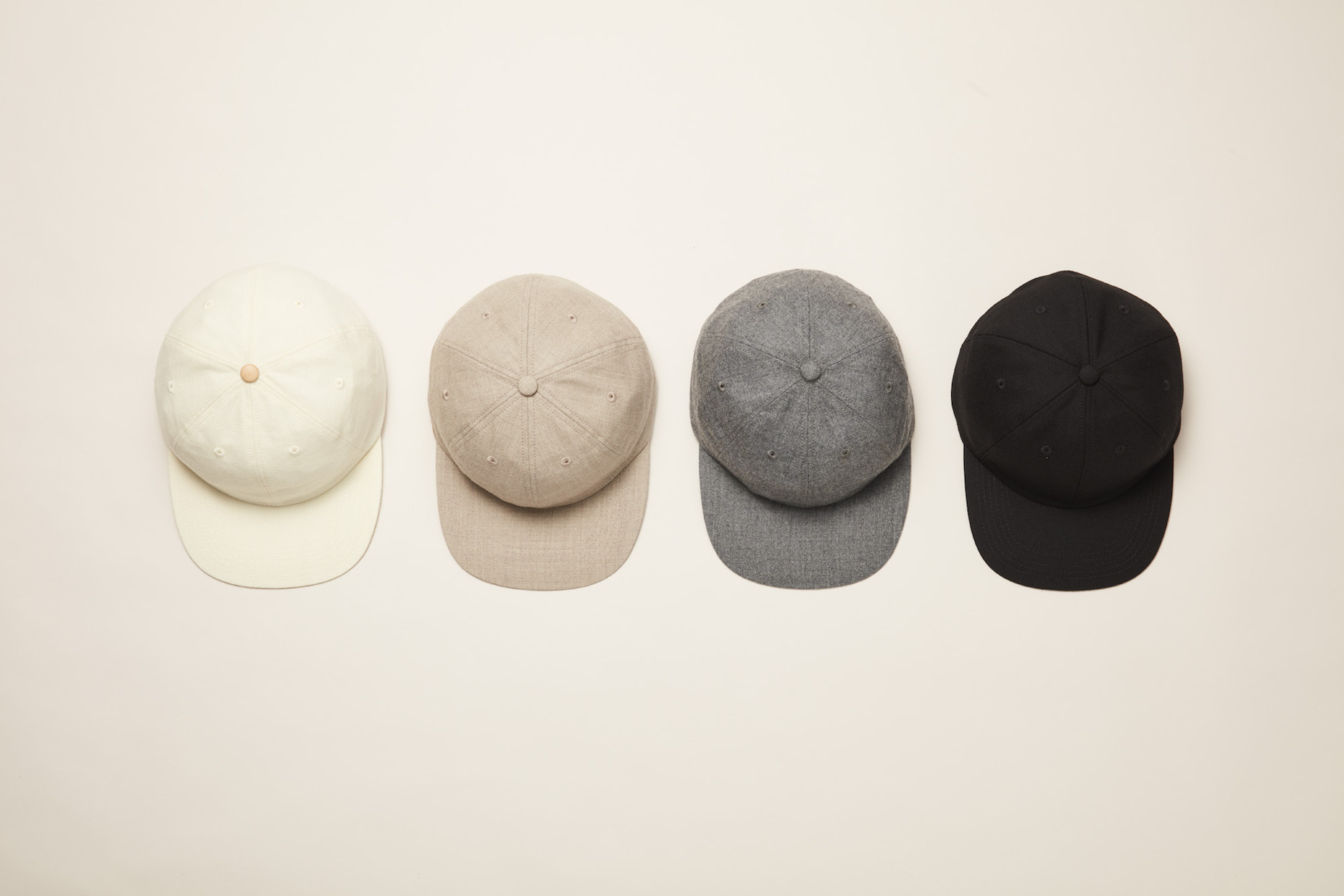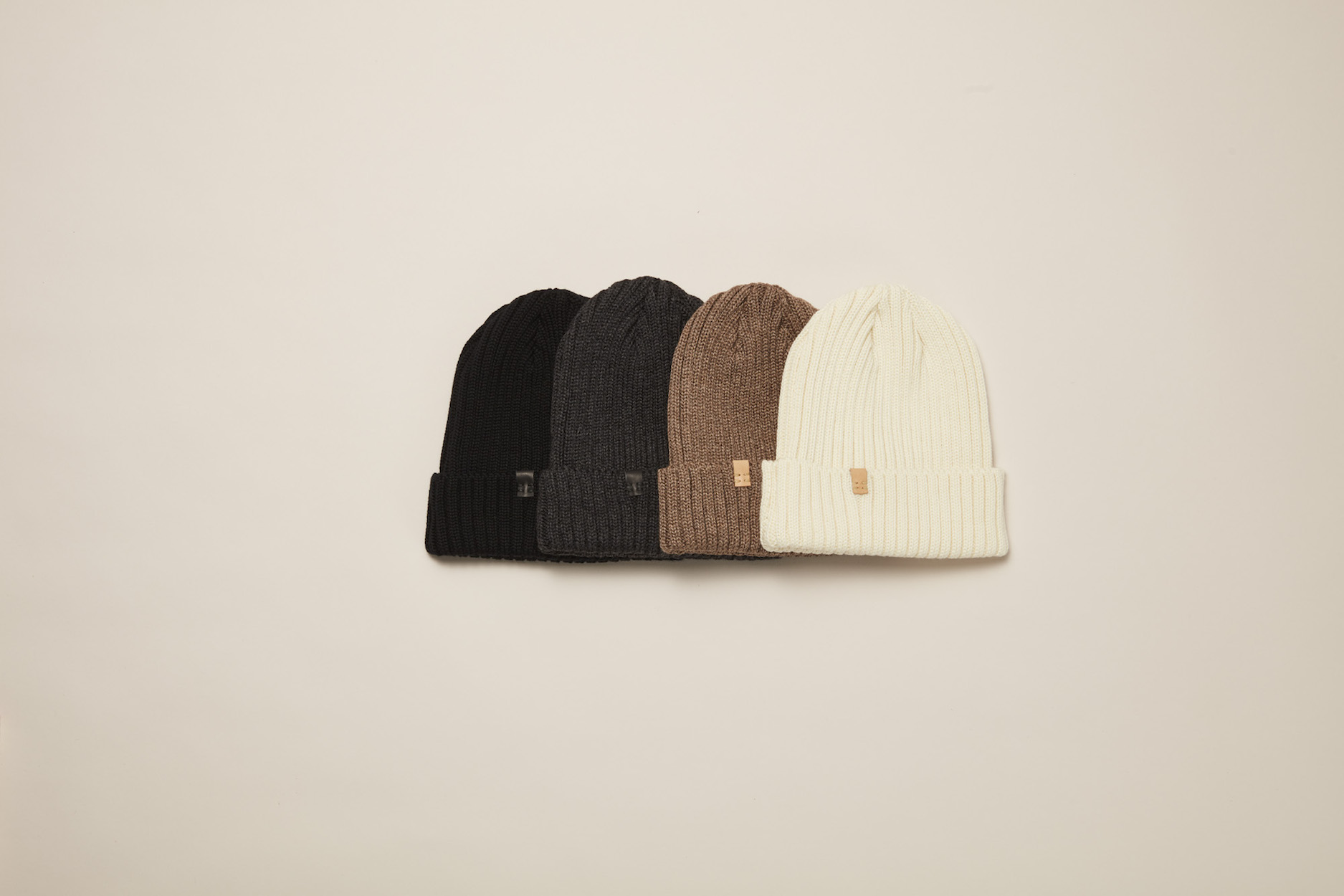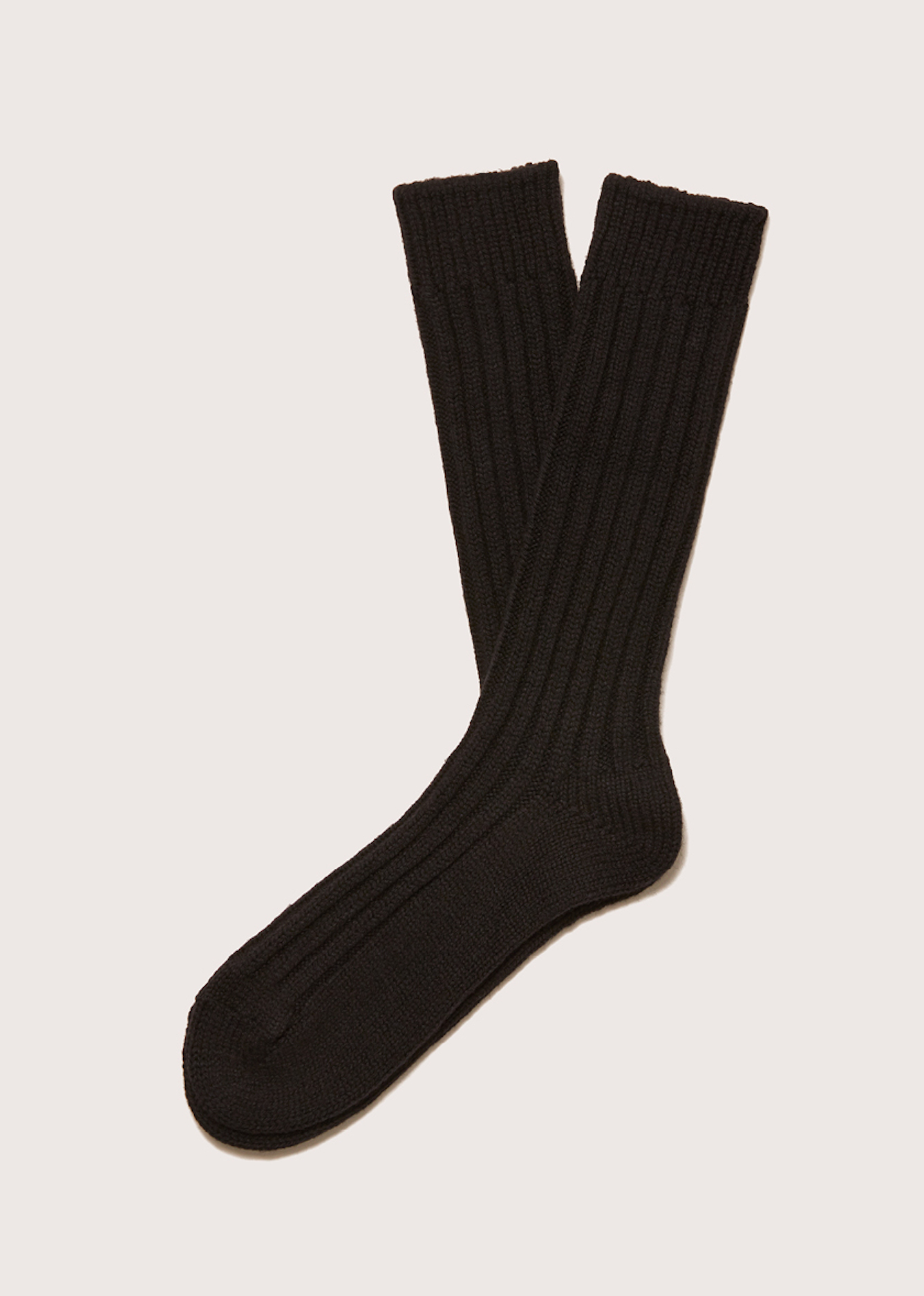FEIT is a brand widely lauded for its thoughtfully crafted goods, almost all of which are composed of leather. For its latest accessories drop, FEIT has forgone cowhide in favor of wool—and tasked a master Japanese milliner with creating its goods. Kijima Takayuki, said milliner, studied under Jean Barthet—who popularized the pillbox hat and counted Jackie Kennedy Onassis and Grace Kelly as clients — in the sixties. Fusing couture techniques and knowledge with modern sensibilities, FEIT’s winter accessory collection is jam-packed with technical excellence that will keep you toasty in the frigid seasons to come. Surface spoke with FEIT’s founder and brand director to learn how this special collaboration came together.
FEIT is a member of The List, the destination for all things Surface-approved. Want to join The List? Contact our team to find out how to apply.
APPLY
What inspired this collection?
Tull Price, FEIT Founder: This collection was built to express FEIT and our core values. It is the first time we are really making a product which is not built from leather. Much like our footwear, we wanted to focus the use of natural materials and the natural qualities of, to create the desired function.
How long did it take to put this project together, from ideation to execution? What, if any, challenges did you encounter?
TP: It has taken us a long time to find the right hat maker. We tried many avenues throughout the years, and after much searching we were introduced to Kijima Takayuki. Once we found Kijima, the path was clear and simple, and this was an easy project for us to work together.
The main challenge encountered was our requirement to use one hundred percent natural materials that are treated naturally. This is of course very rare, and we were not able to execute our desire one hundred percent, but we are working it. The highlight of the collection are the undyed wool yarns and the undyed leather labels. This added time, complexity, and cost, but we feel it is worth it as we wanted to uphold the values of our brand as close as possible.
How did you get in contact and start working with Jean Barthet’s mentee on this project?
TP: Luck really! We were very fortunate to be introduced to Kijima by a mutual friend Yuta Ishihara from Shihara, an innovative jewelry designer from Japan. [Ed. note: Shihara is also on The List.] While I had known of Kijima and his products, I had never visited his store or workshop, or held his products in my hand. As soon as I did, the high level of craft was obvious.
I want to know more about this hand-linking method that is sort of a thread through this whole collection. Why specifically did FEIT go through the trouble of refurbishing such machines and exclusively using this method?
Natasha Shick, FEIT Brand Director: As with all FEIT products we are in constant search for the best makers in their field. When it came to the socks for we found a special sock maker in Japan—an expert who has the ability to work with all-natural materials. This can be tricky for most sock makers as elastic or synthetics are typically woven into the materials. This maker also works with old refurbished hand-linking machines which are a rare find. The hand-linking technique is time consuming in that every single stitch is matched to close the toe of the sock after the body has been created. This eliminates the ridge and excess fabric at the top of the toes as in most socks.
We wanted to work with someone to make socks in the same manner we make our shoes by hand—creating a product that has the hand and quality that cannot be mimicked through mass production.
This collection was made in Japan. How, if at all, did Japanese influence manifest in this particular collection?
TP: Japan has been fascinated with American culture and clothing design since World War II. It started with denim, workwear, and military influences and then evolved into sportswear and a preppy look in the eighties, as well as designer clothing. Streetwear then really took off in the nineties. In the beginning, designs were mimicked or copied, but over time due to their culture, great attention to detail, craft, and superior hand at creating materials, Japan has surpassed the quality, make, and often design of the west. This collaboration, and especially Kijima’s work on the hats, is a reflection of this evolution—the taking of American sportswear and interpreting into a refined tailored and tactile version of classic pieces.
VIEW ON THE LIST
